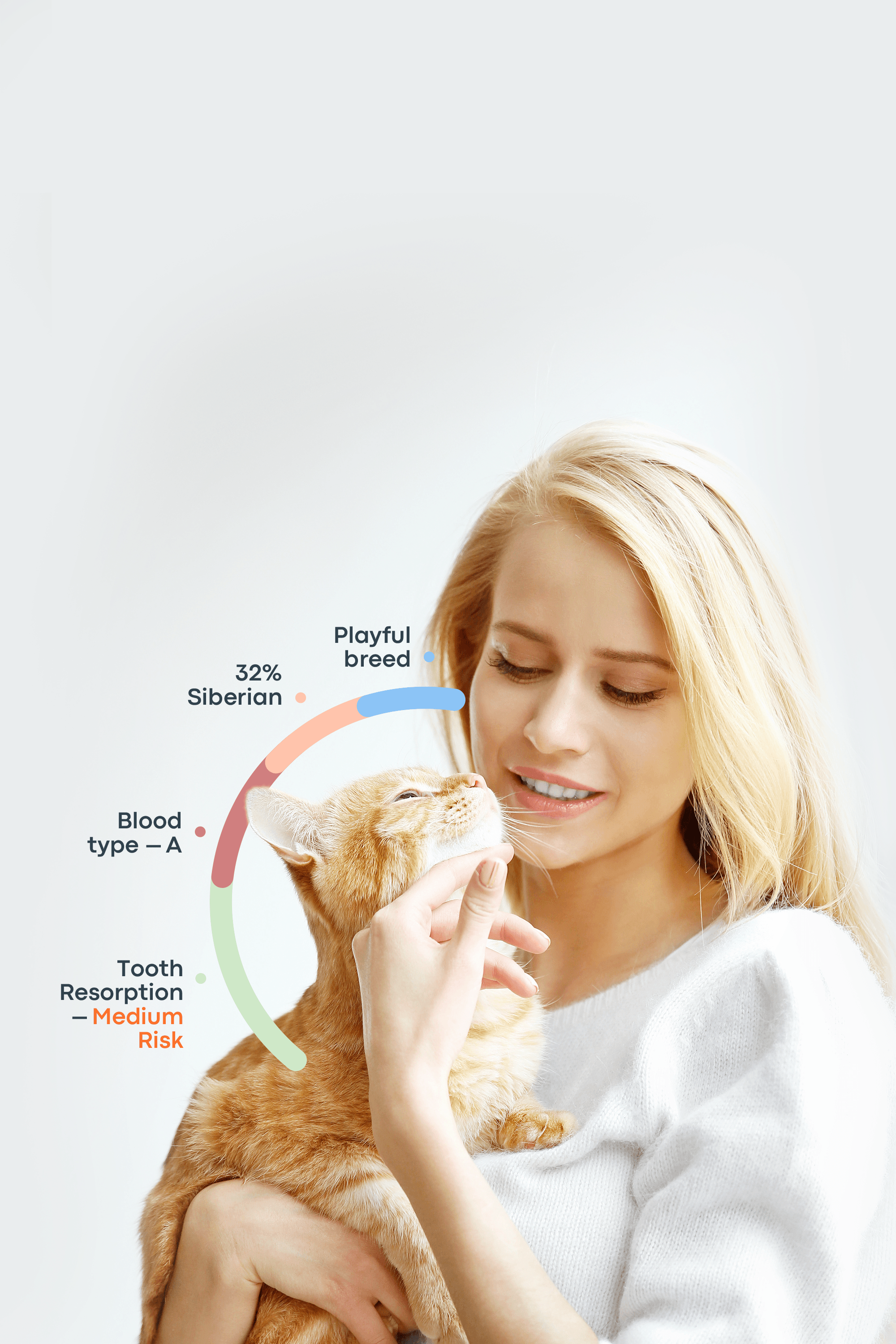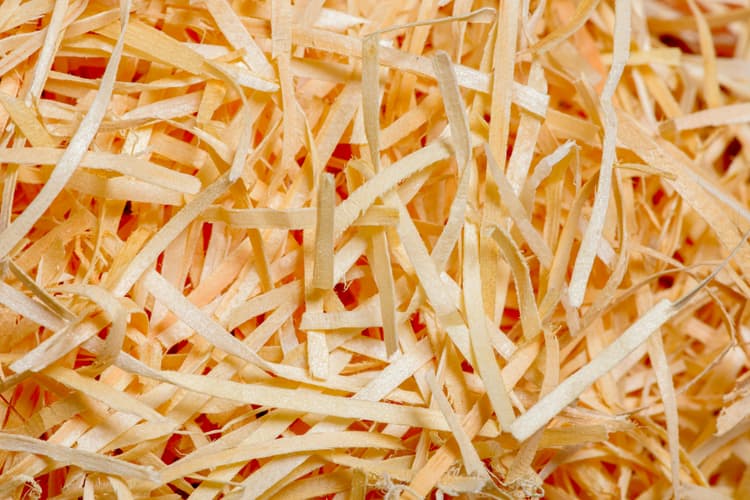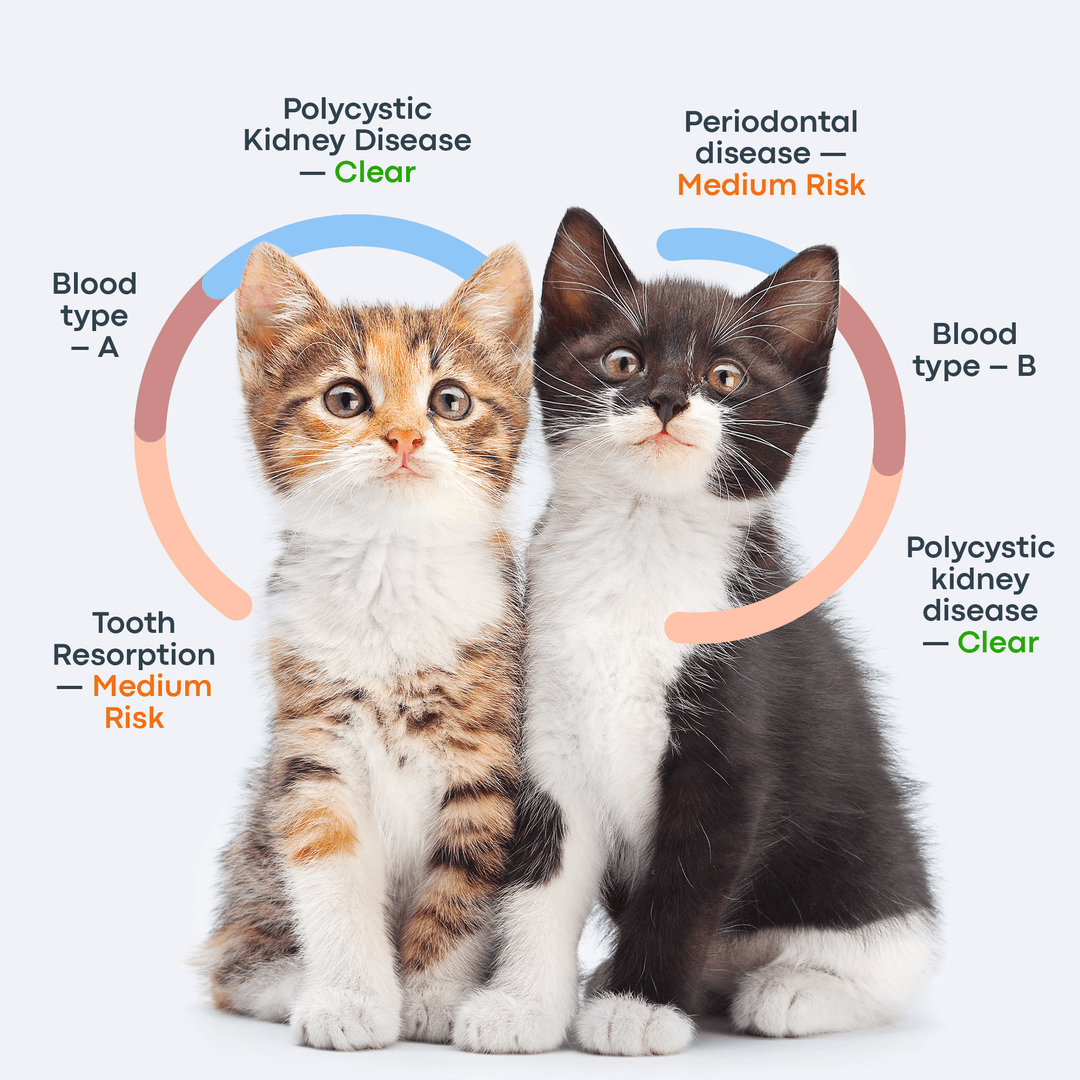Dealing with pee is an unavoidable part of pet ownership, but cat urine is especially notorious for its strong, lingering odor. Why does it smell so bad, and how do you get rid of cat pee smells? In this guide, we’ll explain what makes cat pee so pungent, how to clean it effectively, and what to do if you’re struggling with old stains.
Why Does Cat Urine Smell So Strong?
Urine is the body’s way of flushing out waste products, and in most animals—including humans—it’s mostly water (human urine is about 91–96% water). Cat urine, however, is far more concentrated. This is because domestic cats evolved from desert-dwelling ancestors that needed to conserve water to survive.
Cat urine contains compounds such as urea, ammonia, and mercaptans, which are responsible for its powerful odor:
Ammonia: When the body breaks down protein, it produces ammonia as a byproduct. Because ammonia is toxic, the liver converts it into urea, which is then excreted in urine. Once outside the body, bacteria break urea back down into ammonia, creating that sharp, irritating smell.
Mercaptans: As bacteria continue breaking down urine, they also produce mercaptans—sulfur-containing compounds known for smelling like rotten eggs or garlic. Mercaptans are also found in skunk spray, which explains why old cat pee can be so overwhelming.
The longer urine sits, the worse it smells. Fresh urine may be easier to clean, but once it dries, the odor intensifies and can require multiple treatments to fully remove.
Another challenge is that cats often return to the same spot to pee. With their 200 million scent receptors, cats can detect even tiny traces of uric acid crystals left behind. If the area isn’t cleaned thoroughly, they may mark it again, turning one small accident into a recurring problem.

How to Get Rid of Cat Pee Smell Inside Your Home
Getting rid of cat urine odor requires a bunch of quick steps from your side, the right cleaning methods and the proper cat urine smell removers. Here’s a step-by-step guide:
Step 1: Soak It Up Immediately (Use paper towels or a cloth)
As soon as you notice the accident, blot up as much urine as possible using paper towels or a clean cloth. Avoid rubbing, as this spreads the urine deeper into fabrics or carpet fibers. Press firmly to soak up as much liquid as you can before moving on to the next step.
Step 2: Rinse With Cold Water — Never Use Heat
Lightly rinse the area with cold water to dilute any remaining urine. Be careful not to oversaturate carpets or upholstery, as too much water can spread the stain. Avoid using hot water or steam cleaners—heat can “set” the stain and odor into the fibers, making it much harder to remove.
Step 3: Choose Your Cleaner
Picking the right cleaner is crucial when getting rid of cat urine smells. Not only does it remove the odor, but it also prevents your cat from marking the same spot again. Here are the most effective options:
Enzyme cleaners (best option for deep odor removal)
Enzyme-based cleaners are the gold standard for cat urine because they break down uric acid crystals, the main culprit behind lingering smells. Regular detergents can’t do this, which is why enzyme cleaners are so effective.
Apply directly to the affected area.
Let it sit for 10–15 minutes (or longer for stubborn stains).
Blot away excess liquid and allow the area to air-dry fully.
Popular, vet-recommended brands include Nature’s Miracle and Rocco & Roxie.
Vinegar for cat pee: How to mix and apply safely
A simple and natural alternative is a 1:1 mix of white vinegar and water.
Spray or pour onto the stain.
Blot with a clean cloth.
Let it air-dry completely.
The vinegar smell will linger for a day or two, but it fades and helps neutralize ammonia compounds in the urine.
Baking soda: When and how to use it
Baking soda is excellent at absorbing odors and works well on its own or paired with vinegar.
Sprinkle generously over the spot.
Leave it for 1–2 hours (or overnight for strong odors).
Vacuum it up afterward.
For tougher stains, spray vinegar on top of the baking soda. The fizzing reaction helps lift the odor and break down compounds.
OSU club soda + detergent method
Researchers at Ohio State University (OSU) found this method surprisingly effective:
Apply a mild detergent solution (a few drops of dish detergent in water) to the area and blot.
Rinse with cold water.
Pour on club soda and let it sit overnight.
The carbonation in club soda helps lift urine particles and odors from deep within fabrics.
What Not to Use (ammonia, bleach)
Some cleaners can actually make the problem worse—or even dangerous.
Ammonia: Since cat urine already contains ammonia, using ammonia-based cleaners can confuse your cat. To them, it smells like urine, which may encourage them to mark the same spot again.
Bleach: Bleach is unsafe to use around pets and should never be mixed with urine. When bleach comes into contact with ammonia (from urine or other cleaners), it creates toxic gases called chloramines, which are harmful to humans and animals and can even be fatal if inhaled.
Stick with pet-safe cleaners such as enzyme sprays, vinegar, or baking soda instead.

Old Cat Urine Odor Removal Home Remedy
Dried or old urine stains are more challenging to clean because they’ve already broken down into strong-smelling compounds. Here’s how to tackle them naturally:
Find the Stains
Cat urine fluoresces under a UV or black light, making it easier to spot hidden areas on carpets, furniture, or walls. Remember—your cat doesn’t rely on sight when returning to the same spot; they follow scent.
Apply Baking Soda
Sprinkle a generous amount of baking soda onto the affected area. Let it sit for 10–15 minutes to absorb odors.
Add Vinegar
Spray or pour white vinegar over the baking soda. The fizzing reaction helps lift and break down odor-causing compounds.
Let It Sit Overnight
Allow the mixture to work while the area dries.
Clean It Up
In the morning, blot the area with a clean cloth and vacuum up any remaining powder.
Stubborn stains may require several treatments. For extremely strong odors that won’t go away, consider a specialized enzyme cleaner or professional carpet cleaning.
How to Get Cat Urine Smell Out of Clothes and Bedding
Clothing, blankets, and bedding can be salvaged if you act quickly and use the right cleaning methods:
Rinse in Cold Water First
Flush the fabric with cold water to remove as much urine as possible. Avoid hot water, which can set the stain.
Wash With Additives
Wash as usual with laundry detergent, but add 1 cup of baking soda or ¼ cup of white vinegar to the wash cycle for extra odor-fighting power.
Skip Fabric Softener
Fabric softeners and dryer sheets can trap odors instead of removing them.
Use Enzyme Soaks for Persistent Odors
If the smell lingers, soak the item in an enzyme cleaner solution for several hours before re-washing.
Air Dry First
Always let the fabric air dry until you’re sure the smell is gone. Using a dryer too soon can “bake in” the odor, making it harder to eliminate. Once completely odor-free, you can tumble dry as normal.
How to Get Cat Urine Smell Out of Wood Surfaces
Wood can be one of the trickiest materials to clean, since it’s porous and absorbs liquid easily. The best method depends on whether the wood is sealed or unsealed.
For Sealed Wood
Blot the area dry with a clean cloth.
Apply an enzyme cleaner or a vinegar solution.
Let it sit for 15 minutes, then wipe dry.
Repeat as needed, allowing the wood to dry thoroughly between treatments.
For Unsealed or Damaged Wood
Apply a vinegar and water solution to allow it to penetrate into grooves and pores.
Once it begins to dry, sprinkle baking soda over the area to draw out lingering odors.
Vacuum or wipe away the baking soda once dry.
If the odor is deeply absorbed, you may need to sand down the wood surface and reseal or refinish it to fully remove the smell.
How to Remove Cat Urine Smell Outside
Outdoor cats often choose “scent soaker” spots where their urine lingers, such as grass, gravel, soil, turf, or wooden decks. Because these surfaces are porous, the smell can stick around if not treated properly.
Use Outdoor-Safe Enzyme Cleaners
The best option for removing outdoor cat urine odors is an enzyme-based cleaner formulated for exterior use.
Spray the cleaner generously over the affected area.
Let it sit for at least 10 minutes.
Keep the area damp while the enzymes work, as drying too quickly can reduce their effectiveness.
Vinegar and Water for Lighter Odors
For mild odors or in-between treatments, a 1:1 vinegar and water solution can help. While vinegar neutralizes some of the ammonia smell, it isn’t as effective at breaking down uric acid crystals, so it’s best for light or fresh stains only.
Extra Tips:
Rinse plants and lawns afterward to avoid damaging vegetation with vinegar.
If the smell persists in soil or gravel, replacing the top layer may be necessary.
For decks and patios, a pressure wash after treatment can help flush away residues.
How to Neutralize Cat Urine So Your Cat Doesn’t Return
What gets rid of cat pee smells? The best solution to stopping repeat accidents is neutralization. While some products simply mask odors, cats can still smell the urine underneath. To truly solve the problem, you need cleaners that break down the odor-causing compounds.
Aspect | Masking | Neutralizing |
Definition | Covers up odors with fragrance | Eliminates odor-causing compounds at the source |
How It Works | Adds scents to overpower bad smells | Breaks down molecules such as ammonia, uric acid, and thiols |
Products Used | Air fresheners, scented sprays, essential oils | Enzyme cleaners, vinegar, baking soda |
Effect on Cats | Cats can still detect urine beneath the fragrance | Removes scent triggers that cause cats to re-mark |
Effectiveness | Temporary fix | Long-term solution |
Risk of Repeat Soiling | High — cats are likely to pee there again | Low — area becomes scent-neutral to cats |
Pet-Safe | Often contain artificial fragrance, which may irritate pets | Most neutralizers are pet-safe once dry |
When to Use | Never use alone for cat urine | Always the preferred choice for cat urine cleanup |
Best Practices for Neutralization:
Act quickly: Fresh stains are much easier to neutralize than dried-in ones.
Choose enzyme cleaners or vinegar solutions: Both break down urine compounds instead of just covering them up.
Keep cats away while drying: Curious cats may sniff, lick, or paw at the cleaner. They could also track it to new areas or decide to mark again. Cover the spot with a laundry basket, or close off the room until the area is completely dry and odor-free.
By fully neutralizing the odor, you not only remove the smell for yourself but also erase the scent cues that might lure your cat back to the same spot.
Conclusion
Cat urine can smell overwhelming, especially if it’s left untreated. So, how to get rid of cat pee smells? The key to eliminating odors is acting quickly and using the right products. Enzyme cleaners, vinegar, and baking soda are some of the most effective options, and thorough cleaning ensures your cat won’t return to mark the same spot. With the right approach, you can keep your home fresh and odor-free.
Frequently Asked Questions
How to get a cat pee out of a couch?
Blot the area first, then apply a vinegar-and-water solution. Sprinkle baking soda over the damp spot and let it sit for several hours or overnight. Once dry, vacuum up the powder. For tough stains, an enzyme cleaner is more effective.
My cat peed on the drywall. How can I remove the scent from it?
Apply an enzyme cleaner designed for pet urine and let it soak in fully. Allow the area to dry completely. If the urine has penetrated deeply, you may need to repeat the process or, in severe cases, replace the affected section of drywall.
How long does cat pee smell last?
If untreated, cat urine odor can linger for months—or even years—because uric acid crystals can remain active. The smell may resurface in humid weather or when the area gets damp. Proper neutralization with enzyme cleaners is the only way to eliminate it for good.
Reference List
https://www.sciencedirect.com/topics/engineering/mercaptans
https://indoorpet.osu.edu/cats/problem-solving/how-clean-cat-urine







